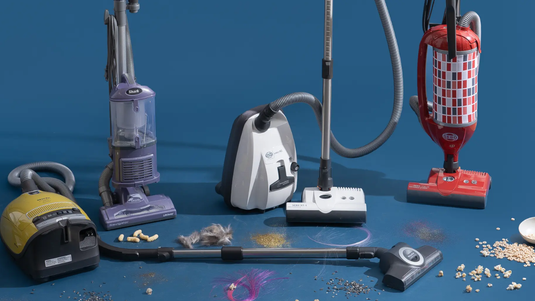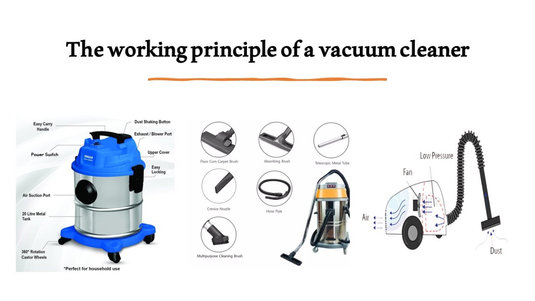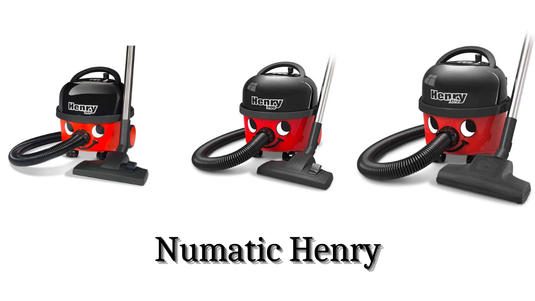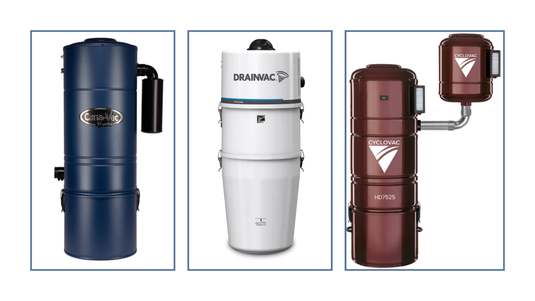With the installation of new central vacuum systems and many people moving into homes with a central vac system already in place, there is an increasing number of questions about how to maintain the system. Here are some tips for dealing with a self-cleaning, inverted central vacuum filter in Ottawa.
How it works.
First, you need to understand how it works. The vacuum is turned on and its cone-shaped filter is raised by the air power to the top of the unit. All of the dirt, debris, and other waste materials are suctioned, heavier particles drop into the waste receptacle, and the tiny bits are exhausted into the outdoors or other areas far from your living space. As you power off the vacuum, the filter is dropped back into the waste canister, shaking any remaining dirt or dust.
How the maintenance works.
With many central vac systems, the filter will need to be changed about twice a year. This will vary with the amount of usage and how much dust comes in for your part of the country. With a self-cleaning vac, it is so much simpler. Periodically wipe the fabric of the filter with a damp cloth, or use a traditional vacuum sweeper or a shop vac to give it a thorough cleaning.
Sometimes people think there is something lodged inside the filter. Actually, there is a weighted pouch at the bottom of the filter that collects debris. There is no need to do anything with the pouch or the filter. It is there as part of the entire mechanism.
Getting help.
If you have more questions, contact us and talk to one of our specialists. They are happy to help you learn everything necessary about your central vacuum system. If you need a new central vacuum filter in Ottawa, check out our online store for the best options on the market.
Blog posts
-
 Which Cleaning Champion Should You Select: Canister or Upright Vacuums?Read more →
Which Cleaning Champion Should You Select: Canister or Upright Vacuums?Read more →Canister vacuum: A miniature motor/body mounted on wheels that carries a separate hose and wand. Excellent in terms of versatility and working above the first floor.
Upright vacuum: This is one tall unit that is pushed around, and the brushroll and the motor are located together. Good condition of carpets and fast, straight cleaning.
-
 The Science of Vacuum Cleaners: How Vacuum Cleaners Work.Read more →
The Science of Vacuum Cleaners: How Vacuum Cleaners Work.Read more →Key takeaways
- A vacuum works by deploying a decreased pressure within the machine, which extracts air (and dirt) from the floor into a closed airstrip.
- It is all a question of performance based on suction (pressure), airflow, and filtration, and the floorhead wattage is not going to tell you how well it cleans.
- Bagged and bagless types have advantages and disadvantages; select one according to the quality of air, convenience, and preferences of maintenance preferences.
- A vacuum works by deploying a decreased pressure within the machine, which extracts air (and dirt) from the floor into a closed airstrip.
-
 Case Study: Changing a Cleaning Company Using Numatic Products.Read more →
Case Study: Changing a Cleaning Company Using Numatic Products.Read more →After a rising commercial cleaning firm in Ontario, CleanPro Services, was experiencing inefficiency and failure of equipment, the operators in the company knew that there must be a change. The company has a good clientele and a well-motivated workforce, but the cleaning equipment used was dragging them down. Their former vacuum models were not dependable, were costly to service, and were not designed to meet the needs of day-to-day commercial cleaning. The moment was reached when the decision to replace their old apparatus with Numatic and Nacecare products was made, a step that reorganized their activities fully.
-
 New Technology and Trends in Central Vacuum SystemsRead more →
New Technology and Trends in Central Vacuum SystemsRead more →At The Vacuum Store, we have witnessed the evolution of home cleaning, which has grown to be less labour-intensive and more intelligent, with energy-saving central vacuum cleaners. The Central Vacuum Systems is no longer just a home upgrade, but a long-term solution for a smarter, healthier, and hassle-free cleaning experience, leading to a better air quality and a healthier living environment. These systems are now more intelligent, silent and greener than ever due to the rapid, notable changes in technology.







